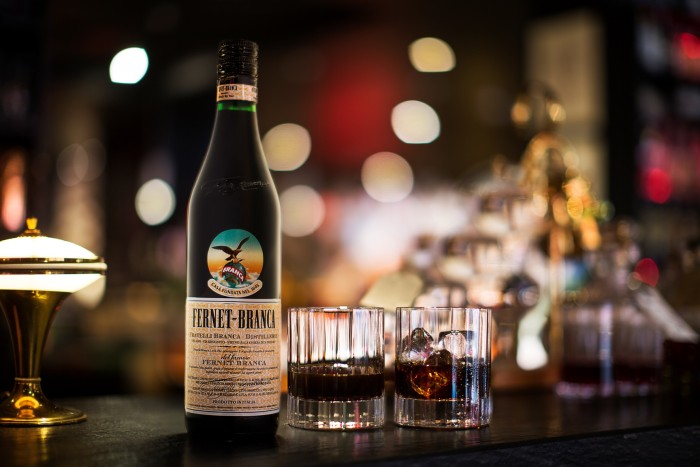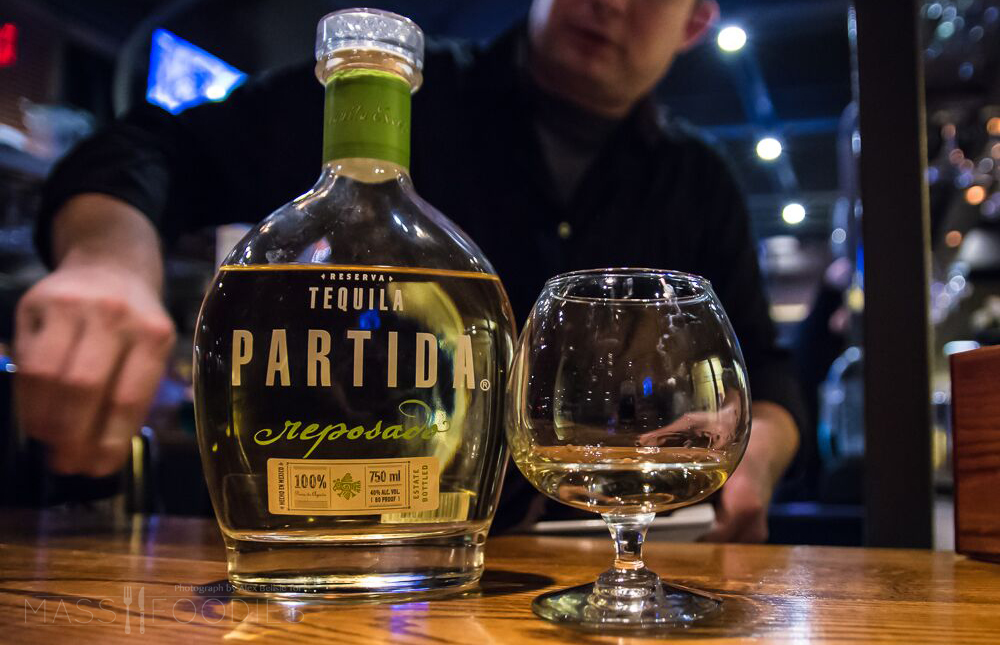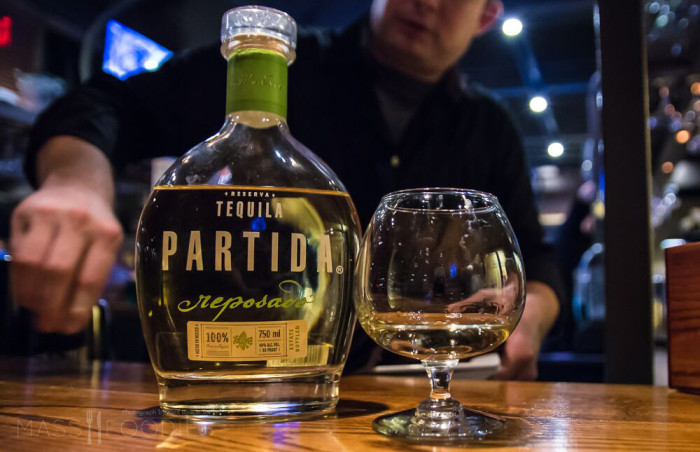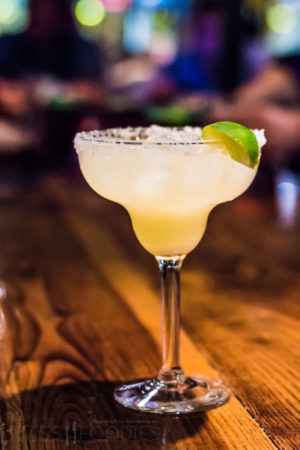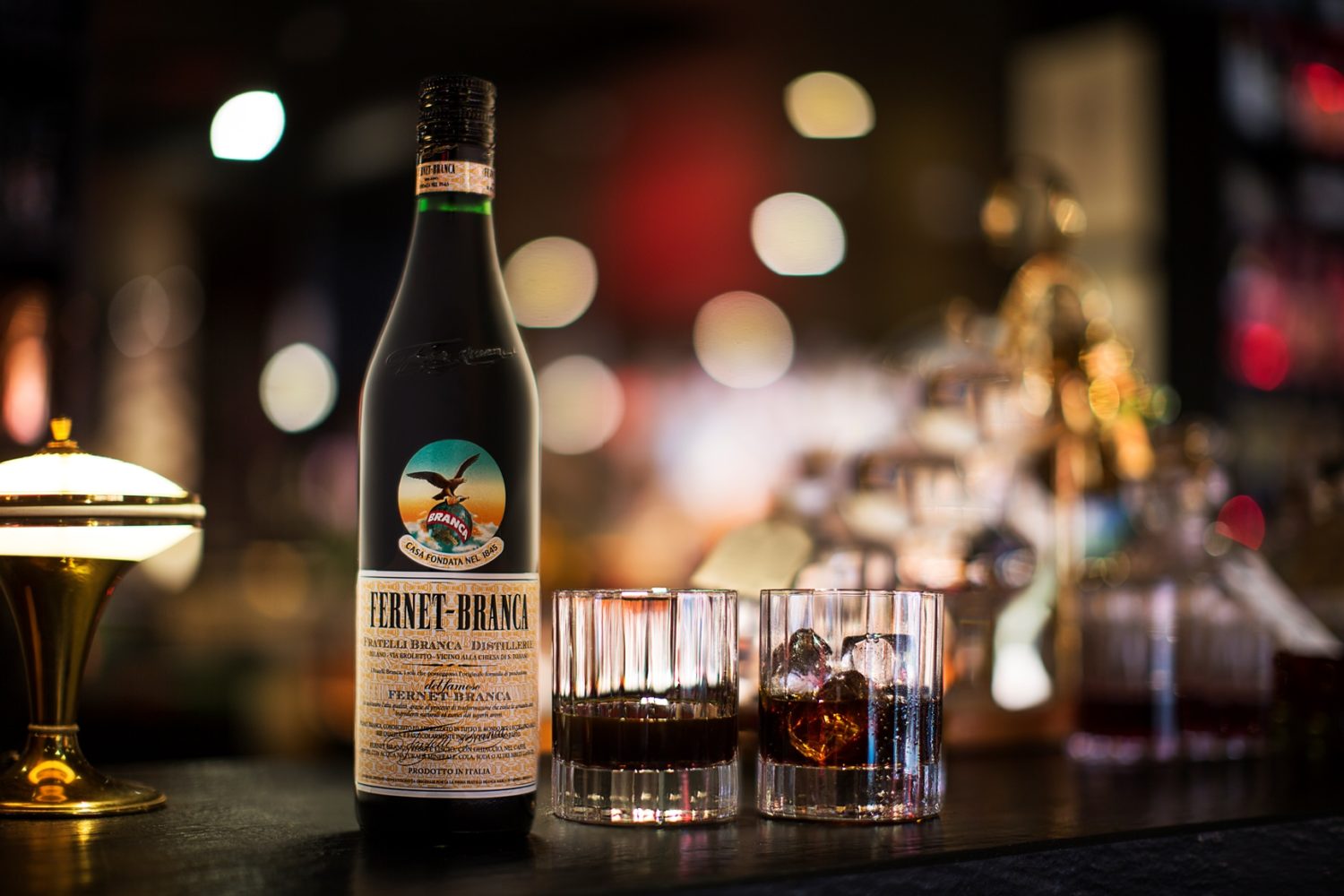
Amaro is a class of bitter liqueur that is made in Italy. They are bitter and are generally macerated with herbs, root, bark, citrus peels, sometimes flowers, and of course, alcohol. They are typically low in alcohol content and consumed as a digestif, after dinner, as the herbs and root mixture are thought to help aid in digestion. Although Amari have been around for centuries, they are probably one of the more obscure categories of liqueur out there. Partly shrouded in mystery, most people simply don’t know they exist or what is actually in them. Truth is, there may be many ingredients that make a particular brand, and some recipes are hidden with lock and key, only known to a select few individuals in the entire world. Or perhaps some people have drunk something similar to an Amaro without actually knowing it, probably because it goes by a different name, such as Jagermeister or Becherovka. While not technically an Amaro, because these are not produced in Italy, they are made in a similar style and manner of an Amaro.
 As with anything else, there are some that are better than others. And then there are some that are just incredible. The good ones are like a legendary army attacking your senses, as they march across the battlefield and unleash layers of flavor on your palette, such as sweet, bitter, spice, and citrus, to name a few. Indeed, the first time I ever tried Fernet Branca (which is now my favorite) it was akin to getting slugged in the face. The sudden burst of cardamom, anise, and menthol was too much for my senses. When I finally came to, I was forever a changed man. While I joke about getting knocked out by Fernet Branca, I truly was a changed man, after trying it for the first time. It sounds funny, but my eyes had been opened to a whole new world that was previously unknown to me, and I suspect, unfortunately, is still unknown to many others. While all Amari are not as assertive as Fernet Branca, they do all have some level of bitterness to them, thanks in part to the herbs and barks that make up the ingredients. The description of herbs, bark, and roots in a liquid may not sound appealing to many. In fact, I would be willing to bet that you would not find these on the back bar of any sports pubs or college bars around town, and that is ok. However, it is this mixture of herbs and bark that make up the liqueurs biggest asset.
As with anything else, there are some that are better than others. And then there are some that are just incredible. The good ones are like a legendary army attacking your senses, as they march across the battlefield and unleash layers of flavor on your palette, such as sweet, bitter, spice, and citrus, to name a few. Indeed, the first time I ever tried Fernet Branca (which is now my favorite) it was akin to getting slugged in the face. The sudden burst of cardamom, anise, and menthol was too much for my senses. When I finally came to, I was forever a changed man. While I joke about getting knocked out by Fernet Branca, I truly was a changed man, after trying it for the first time. It sounds funny, but my eyes had been opened to a whole new world that was previously unknown to me, and I suspect, unfortunately, is still unknown to many others. While all Amari are not as assertive as Fernet Branca, they do all have some level of bitterness to them, thanks in part to the herbs and barks that make up the ingredients. The description of herbs, bark, and roots in a liquid may not sound appealing to many. In fact, I would be willing to bet that you would not find these on the back bar of any sports pubs or college bars around town, and that is ok. However, it is this mixture of herbs and bark that make up the liqueurs biggest asset.
Now is the time of year when the spices and herbs in Amaro make perfect sense. As mentioned earlier, the cardamom, anise, mint, cinnamon, and clove are a perfect match for the fall and winter months. You can imagine after having a hearty meal, sitting by the fire, and sipping on a cinnamon and cardamom laden cocktail. The good news is that they do not have to be drunk alone, as they make perfect compliments to other spirits, such as rye whiskey and scotch. However, they can prove to be quite the thirst quencher during warm weather months as well. Top off a couple ounces of Fernet Branca with your favorite ginger beer (or ginger ale) and you have a simple, yet wonderful, two ingredient cocktail. Or follow the lead of the Argentinean culture and proclaim Fernet and Coke as your national drink! As we come into the holiday season, I encourage you to purchase a bottle of Amaro, and sip on it after you eat that turkey dinner. However you choose to enjoy it, be sure to take a moment, sit back, and allow your senses to fully appreciate what you have before you. Try and identify some of the spices and herbs that hit your nose and your palette. I assure you, it will be an eye opening experience for you as well!
Some of my favorite Amari:
- Fernet-Branca
- Averna
- Amaro Nonino
- Ramazzotti
Fernet and Ginger Beer:
- 2 oz Fernet Branca
- Ginger Beer
- Pour Fernet Branca in Collins glass filled with ice. Top with ginger beer. Enjoy
Nonino Manhattan
- 2 oz Rye Whiskey
- 1 oz Amaro Nonino
- Couple dashes of Angostura bitters
- Add ingredients to mixing glass. Stir with ice and strain into cocktail glass straight up. Garnish with Luxardo Maraschino cherry

